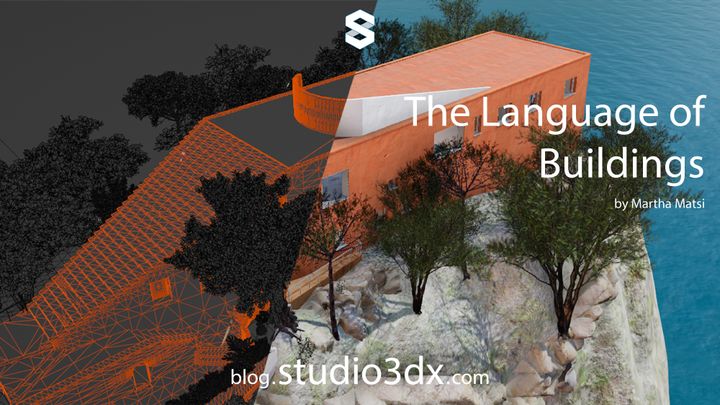ISS Satelite 3D Model
Click on the 3D viewer below to explore the cool International Space Station! You can fly around and see it from all sides. Be an astronaut in space!

ISS Satellite
Click on the 3D viewer below to explore the cool International Space Station! You can fly around and see it from all sides. Be an astronaut in space!

International Space Station in Studio 3DX, Inc.
About The International Space Station (ISS)
The ISS is a habitable space station that orbits the Earth and serves as a microgravity and space environment research laboratory. It is a joint project involving multiple space agencies, primarily NASA (United States), Roscosmos (Russia), ESA (European Space Agency), JAXA (Japan Aerospace Exploration Agency), and CSA (Canadian Space Agency).
Key Facts about the ISS:
- Construction: The ISS has been constructed in multiple stages, starting in 1998, and it has been continuously inhabited since November 2000. It took collaboration between multiple space missions and the assembly of various modules to complete the station.
- International Collaboration: As mentioned earlier, the ISS is an outstanding example of international cooperation in space exploration. Different countries contribute various modules, scientific equipment, and personnel to operate and maintain the station.
- Research and Experimentation: The ISS serves as a unique platform for conducting scientific research in various fields such as biology, human physiology, astronomy, meteorology, materials science, and more. Experiments carried out on the ISS have provided valuable insights into the effects of long-term space travel on the human body and have led to advancements in various scientific disciplines.
- Microgravity Environment: One of the primary reasons for the ISS's significance is the microgravity environment it provides. This allows scientists to study the behavior of materials and biological systems in conditions not possible on Earth.
- Crew and Operations: The ISS typically hosts a crew of six astronauts from various countries, who live and work on the station for several months at a time. The crew conducts scientific experiments, maintains the station, and carries out spacewalks for repairs and upgrades.
- Orbital Characteristics: The ISS orbits the Earth approximately every 90 minutes, traveling at a speed of around 28,000 kilometers per hour (17,500 miles per hour). It orbits at an altitude of about 400 kilometers (250 miles).
- Future of the ISS: As of my last update in September 2021, the ISS is expected to remain operational until at least 2028. However, discussions and plans for future space stations and collaborations beyond the ISS are ongoing.
Originally designed by 69 max (@25MArndt12)



